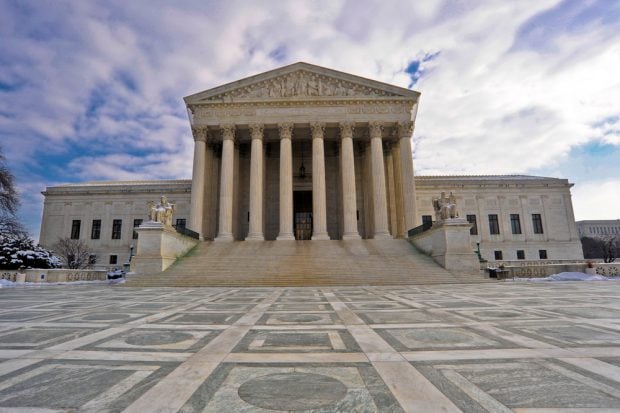Using flexible spending accounts (FSAs), health savings accounts(HSAs) and other personal health accounts to buy over-the-counterproducts helps high-income taxpayers much more than it helpslow-income or moderate-income taxpayers.
|Paul Van de Water, a senior fellow at the Center on Budget andPolicy Priorities, Washington, made that argument Wednesday at ahearing on use of health accounts to buyover-the-counter products that was organized by the House Waysand Means oversight subcommittee.
|Rep. Charles Boustany Jr., R-La., the subcommittee chairman anda medical doctor, says he organized the hearing because of concernsabout changes in health account deductibility rules included in thePatient Protection and Affordable Care Act of 2010 (PPACA).
|In an effort to reduce the amount of tax deductions consumerscan take in connection with the accounts, PPACA lets consumersdeduct use of FSA, HSA and health reimbursement account (HRA) fundsto buy OTC products only if health care providers have prescribedthe products.
|The change has had a broad effect, because about 33 million U.S.residents are in families with FSAs and about 11 million are infamilies with HSAs, Boustany says.
|“Too often in Washington, officials make decisions about healthcare policy based on abstract theories and budgetary scores,”Boustany said in a statement.
|The witnesses participating in the hearing have shown thatlimits on use of health account money to buy OTC drugs hurtsconsumers' access to the products, Boustany said.
|One witness, Steven Taylor, chief executive officer ofthe Sjogren's Syndrome Foundation, talked about the new rulehas affected patients' access to artificial saliva and artificialtears.
|Van de Water countered that new PPACA health accountcontribution and deductibility limits can save about $18 billionfrom 2010 to 2019 without doing much to reduce patients' access tocare.
|In 2010, only 39% of all workers even had access to FSAs, andonly 37% of the employees offered FSAs ended up using the FSAs, VanDe Water said, according to a written version of his testimonyposted by the committee.
|The average FSA participant contributes only about $1,420 peryear, and a low-income or moderate-income worker who contributedthat amount would save only $322 in federal income and payrolltaxes per year, Van de Water said.
|The employer would have to then spend about $60 per year peremployee in FSA administration fees, Van de Water said.
|Allowing a subsidy for OTC products such as artificial tearswithout a prescription may make it difficult to determine whetherconsumers are using health account money to buy personal careproducts, such as sun screen and cold remedies, Van de Watersaid.
|This article was originally posted by LifeHealthPro.com, a sisterpublication of Credit Union Times.
|Complete your profile to continue reading and get FREE access to CUTimes.com, part of your ALM digital membership.
Your access to unlimited CUTimes.com content isn’t changing.
Once you are an ALM digital member, you’ll receive:
- Critical CUTimes.com information including comprehensive product and service provider listings via the Marketplace Directory, CU Careers, resources from industry leaders, webcasts, and breaking news, analysis and more with our informative Newsletters.
- Exclusive discounts on ALM and CU Times events.
- Access to other award-winning ALM websites including Law.com and GlobeSt.com.
Already have an account? Sign In
© 2024 ALM Global, LLC, All Rights Reserved. Request academic re-use from www.copyright.com. All other uses, submit a request to [email protected]. For more information visit Asset & Logo Licensing.









